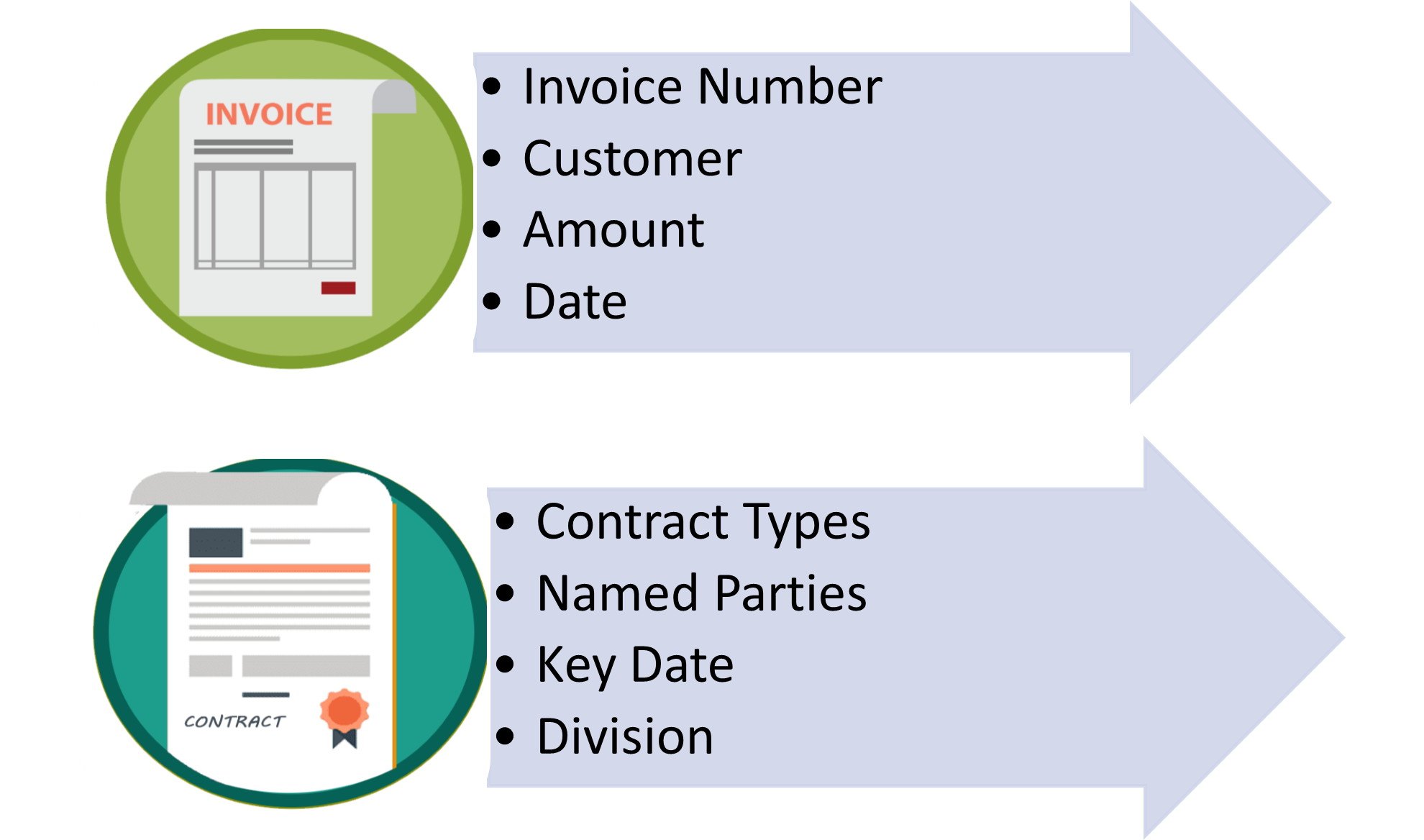
Your business has successfully transitioned to a paperless office. Your office is finally uncluttered, the files are easily searchable, and you are doing your bit for the environment. But wait, it isn’t all that matters.
Your employees would still need to go through several documents before finding the one they were searching for. If you don’t effectively utilize the myriad ways of identifying your digital documents, the hopes of having a productive day at work will vanish in no time.
Document Profiling and Indexing (Metadata) is a dynamic tool that can help you deal with the overwhelming number of documents in your firm. So, let’s explore what it means and how it can aid the growth of your company.
What is Document Profiling and Indexing?
Simply put, document index or metadata is “data about data”. It is the additional information assigned to a document to make its context comprehensible. It includes characteristics such as what the document is, who created it and when it was created. In Docsvault, it can help your employees have a quick overview of the content in a document without even opening it.
For instance, the most relevant information in an invoice is -Invoice Number, Customer, Amount, Date

If this information is set correctly through document profiling and indexing, your employees would be able to locate the right document in a matter of seconds, bolstering productivity and improving the overall company operations.
Examples of Document Profiling and Indexing
Here are some examples to help you understand document tagging better –
Automatic email reminders for time sensitive documents
Docsvault offers a rules-based auto-email reminder to eliminate chasing expiring documents or constantly following up with your team for updates. Through the index values on documents and folders, the rules for automatic emailing can be generated.
Personalized emails can then be sent out to clients for reminders or gathering information based on specific dates, and reminders can be set for time-sensitive document activities that you would like to track, say expiring contracts that need to be renewed in time every year. Personalization of these emails is made easy using variables. It means that you can effortlessly use email templates and do away with the manual task of entering fields like names, contract or policy numbers, amounts and more.
Invoice approval
To manage your workflow better, you might want to automatically approve the invoice below the cost of, say “$100”. Through the automatic action feature of Docsvault, you can verify the invoice to check if it is lesser or greater than the predefined index value -. Now, this invoice will only move ahead if it is verified. Else, it will stay in the same step to enable the user to take the requisite next steps in the workflow process.
Records retention
For government entities and other businesses that require strict adherence to a well-defined records retention workflow, the process can be cumbersome if document metadata isn’t utilized.
In Docsvault, you don’t need to manage a records retention schedule manually. You can set the retention policy based on the index field date while profiling the document. You can also change the record series and corresponding retention date in the future by changing the profile and base data index field values.
Since we have elaborately discussed what document profiling and indexing mean, let’s delve into why it matters for your organization.
Why Does Document Profiling and Indexing Matter for Your Organization?
Document classification
If done manually, document classification would require one to track down the specific folder or subfolder where they want a particular document to be stored. This process is very time-consuming. Also, the larger and more hierarchical the database, the longer this process will take. It will massively drain the productivity of your employees.
Docsvault allows auto-filling of index fields with dynamic values. Index values can also be inherited from the parent folders. Predefined document tagging can help in storing them at the right place. Based on their profiles, imported documents can also be auto-filed.
Faster searching
Instant document search and retrieval is one of the most significant benefits of document profiling and indexing. Docsvault lets your employees get a quick overview of the documents without even opening them. Appropriate metadata also helps in getting better search results depending on the keywords.
Streamlined data sharing
With well-detailed descriptions and appropriate document tagging, all the relevant documents can be placed in one group facilitating collaboration to improve your workflow.
To synthesize the benefits of document profiling and indexing, you would need to use it properly in the first place. How can you do that?
Docsvault provides robust document management software that includes workflow automation tool as a standard feature. It is designed to provide organizations with better business document management and search capabilities.
Docsvault Workflow Management Software facilitates the flow of documents in a digital repository that is accurate and timely eliminating the usual hurdles of a manual circulation of documents. It allows you to customize your workflow processes using a flexible workflow designer. Each person gets timely notifications and information they need to perform their tasks.
Best Practices for Document Profiling and Indexing
Here is what you should keep in mind to make the best use of document metadata –
Have a structured system
Adding metadata elements to documents at free will can create duplicate files and an overall disorganized working environment. Docsvault lets users lock index values to prevent further editions. Validation rules can be created through a Validation Mask to ensure the correct format of an index value.
Streamline the metadata
The more the number of metadata elements, the more the speed of search will get affected. A single metadata element can serve more than one purpose. For instance, it is not essential to create five different “Vendor” fields if you have five different elements. Instead, one single “Vendor” field can be utilized in all templates.
Docsvault helps you streamline your metadata in the following ways –
- Index fields can be created with predefined drop-down lists.
- Index values can be inherited from the parent folder.
- Index values can be made mandatory to reduce the scope of human errors and ensure consistency.
Use the Right Document Profiling and Index Type
There can be several ways of storing certain kinds of information. Sometimes, several metadata types can be equally suitable for the task. Through Docsvault, you can generate unlimited document profiles for different document types.
Whether you are in the healthcare, manufacturing, hospitality or any other sector, you can benefit from better search and management by using document profiling and indexing the right way. Beyond the advantages listed above, metadata also helps you draw deep insights into how your team is working and how you can improve the existing workflow.
Contact us today for a custom demonstration